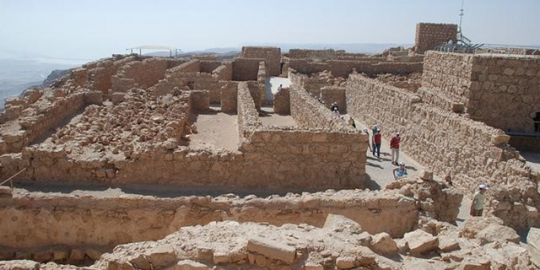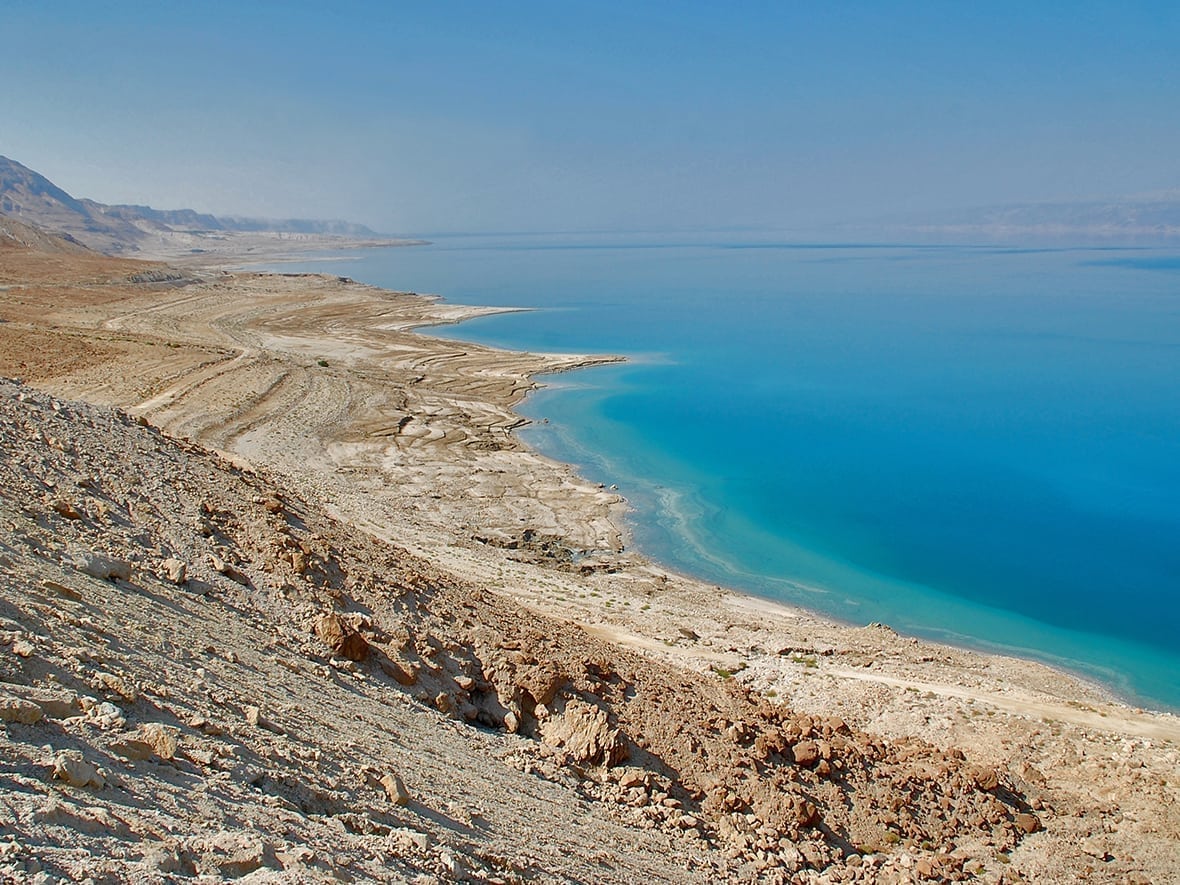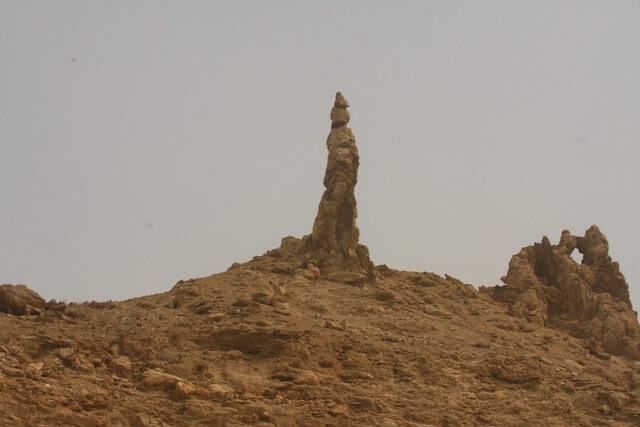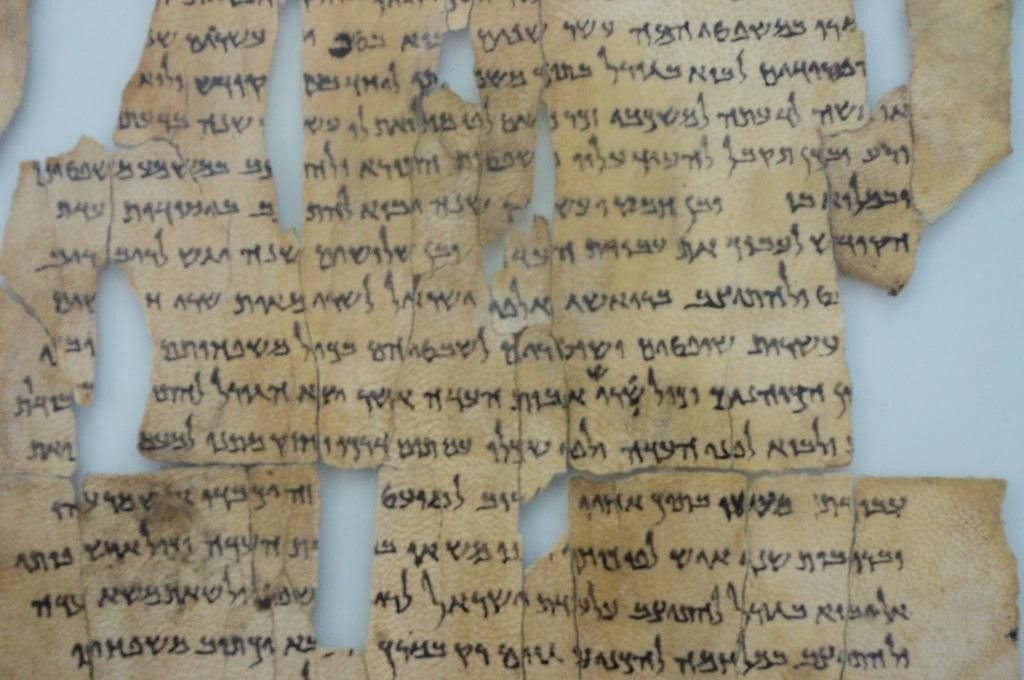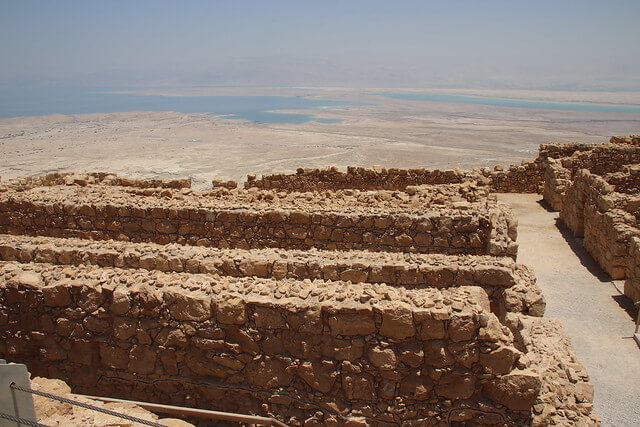Have you ever been to the Dead Sea? If not, put it on your wish list – it is well worth the travel. The Dead Sea, lying 1,300 feet below sea level, is the lowest and most mineral-rich body of water in the world. Its 34.2% salinity makes it one of the world’s saltiest bodies of water. The Dead Sea depth is 304 meters (997 feet), which makes it the deepest hyper-saline lake in the world. A significant landmark, too salty to sustain any marine life, the Dead Sea is famous for the water’s mysteriously buoyant qualities which allow people to float across the top of the water, without needing to swim. The special features of the Dead Sea don’t end there: the lake’s waters are a light turquoise-blue color and it is surrounded by golden brown hills; here and there, bright white salt crystals jut out of the water. The mineral-rich water and mud of the Dead Sea are believed to have numerous benefits for the body, especially for skin, respiratory and arthritic conditions. For this reason, many people visit the Dead Sea every year to get special treatments at the spas surrounding it; they are joined by tourists who visit the area for its beauty, uniqueness, and luxurious spa resorts.
The Dead Sea in Biblical times
As well as being famous for its numerous health benefits and year-round warm climate, the Dead Sea also contains a profound heritage and has played an important role throughout the history of the peoples of the area. The sea is mentioned numerous times in the bible and has long been associated with mysticism, wonderment, and religious significance in the Biblical era.
It is most commonly referenced when describing the borders to the land of Israel. However, it is also very notable in its own right. Various names are used to refer to the Dead Sea in the Bible, including ‘Salt Sea’, ‘Sea of Arabah’, and ‘Eastern Sea’.
The Dead Sea is mentioned in the Bible – it was famous even during that period. Several different sects of Jews used to lives in the caves near the Dead Sea. The most famous of these were the Essenes, who have left us the original Bible scrolls – but more on them later. The area of Ein Gedi near the Dead Sea, which is a nature reserve today, is believed to be the area where the Biblical David, king to be, hid from King Saul when the latter came after him with the purpose of killing him. Another very well-known Biblical story that took place in the vicinity of the Dead Sea is the story of Lot’s wife. But the salty lake at the lowest elevation on Earth is probably best known for the story of Masada that has become a symbol of resistance against oppression, and Masada has been recognized as a UNESCO World Heritage Site.
Lot’s wife – a pillar of salt
Perhaps the most famous time that the Dead Sea is mentioned in the bible is during the Biblical story that references the Dead Sea is that of Lot’s wife. In the Bible, Lot, the nephew of Abraham, chose to settle in a stretch of land near the kingdom of Sodom, just north of the Dead Sea. Sodom and neighboring kingdom Gomorrah were notorious for being places of wickedness and vice. Over the years, Lot became a respectable member of Sodom, married a Sodomite, and was appointed mayor of the city; his daughters, too, married men of Sodom. However, God was angry with the people of Sodom, and, wishing to destroy this place of sin, sent Lot two angels to warn him of his plan. Lot, who inherited the traits of hospitality from his uncle Abraham decides to welcome two travelers into his home. Unbeknownst to him, these travelers are actually angels sent by God to destroy Sodom and the surrounding region. When they hear that Lot was hosting guests, the residents of Sodom surrounded his house, angrily demanding that they are released from his protection. The angels then revealed their true nature to Lot, urging him and his family to flee the city before the incoming apocalypse. However, they caution Lot and his wife not to turn back and watch the city’s destruction. According to the biblical narrative, Lot’s wife decided not to heed the angel’s warning, and when she turned back to survey the city’s destruction, God turned her into a pillar of salt. To this day, a tall pillar standing near the Mount of Sodom is known as “Lot’s Wife”.
Mount Sodom, a salt rock plug, is located in the South-East corner of the Dead Sea. Its slopes are covered with formations of salt that appear to look like pillars. The pillars are often referred to and pointed out as “Lot’s wife” in reference to the biblical tale.
Dead Sea Bible Prophecy
The Dead Sea is mentioned in the prophecy of the Seer Ezekiel. The Book of Ezekiel recalls how he foresaw a time when the Dead Sea would be transformed from saline waters that cannot host life into freshwaters teeming with sea life. He prophesized that ‘’Swarms of living creatures will live wherever the river flows. There will be large numbers of fish because this water flows there and makes the saltwater fresh… Fruit trees of all kinds will grow on both banks of the river. Their leaves will not wither, nor will their fruit fail.”
The prophet Zechariah also echoed this same prophecy centuries later. He predicted that “living” water would soon flow where today the water is salty.
These prophecies are often interpreted as follows. According to the biblical narrative, the Dead Sea region was once vibrant, filled with life, and watered. It was only after God rained down fire and brimstone on the cities of Sodom and Gomorrah did the area become a wasteland, and the sea became a hyper-saline salt lake. However, in the messianic era, once mankind repents, the region will return to its original status.
Dead Sea Scrolls
One of the most significant biblical archaeological discoveries of the modern era and a finding that cemented our understanding of the Dead Sea’s biblical history was the discovery of the Dead Sea Scrolls. These scrolls are believed to had been written by the Essenes (although some researchers argue other Jewish groups, or even ancient priests, might have created them). The scrolls are a collection of 981 manuscripts, written between 150 BC and 70 AD, some of which were later included in the Hebrew Bible canon as well as in extra-biblical and deuterocanonical manuscripts.
Where were the Dead Sea Scrolls found?
The scrolls were discovered in the Qumran Caves, which are located near the northern bank of the Dead Sea, by Bedouin shepherds in 1946-47. In the 1950s the caves were excavated by a team of researchers, and the scrolls have been studied ever since. Today the scrolls are housed in the Shrine of the Book, an impressive edifice at the Israel Museum in Jerusalem.
Masada
Although not a biblical story, the fortress of Masada which is just a few KMs from the Dead Sea is one of the region’s most prominent historical sites. Masada was a fortress King Herod built on a hill overlooking the Dead Sea, the remains of which can still be seen today.
In 70 AD, a group of Jewish zealots fled to Masada following the destruction of the Second Temple. In 73 AD, the Roman X Legion came after them; the Jewish zealots rebelled against the Roman occupation of Judea. After Jerusalem was captured, the rebels besieged themselves in the fortress of Masada which was formerly used by King Herod. After a two-year siege, the rebels were eventually defeated – rather than surrender, they collectively decided to commit suicide.
Today the fortress is a famous heritage site in the Dead Sea region. Tens of thousands of tourists visit the fortress which sits on top of a mountainous plateau, to pay homage to the gallantry of the Jewish rebels and experience how they defiantly lived in the fortress, surrounded by Roman garrisons.
Further Reading on biblical sites in the Dead Sea: Martyrius Monastery
